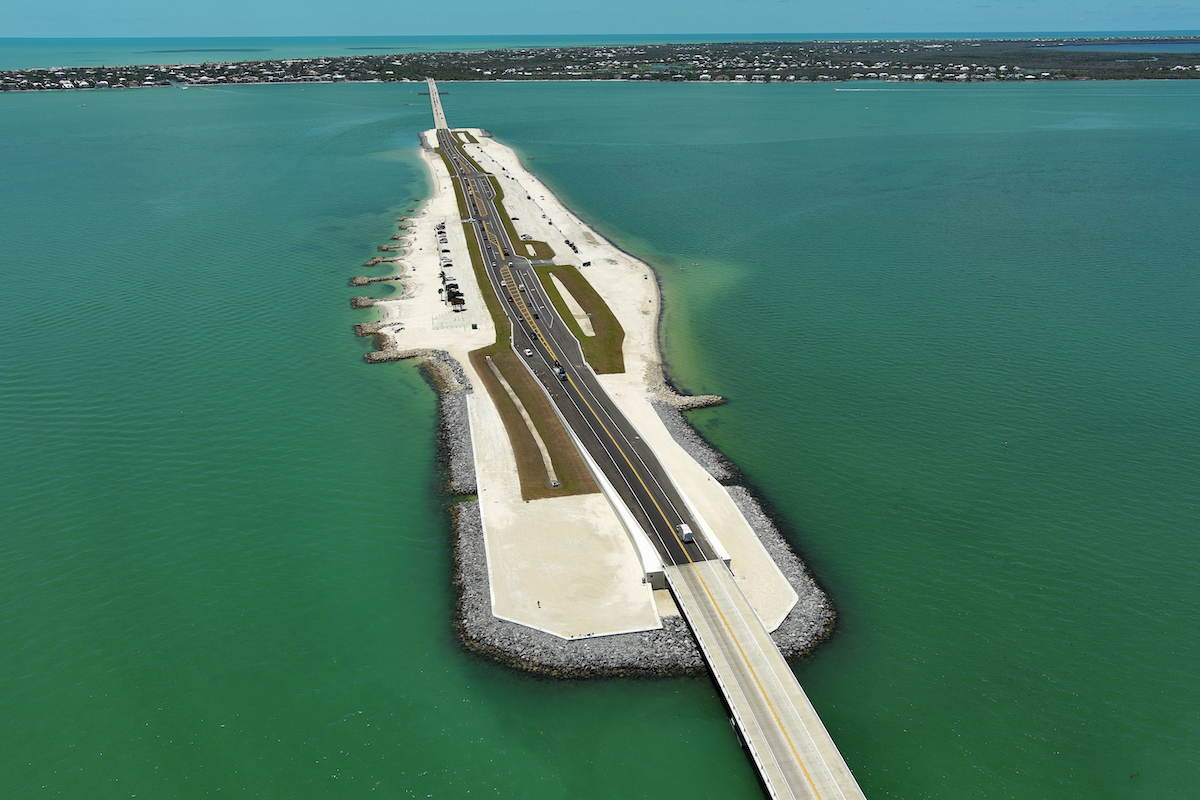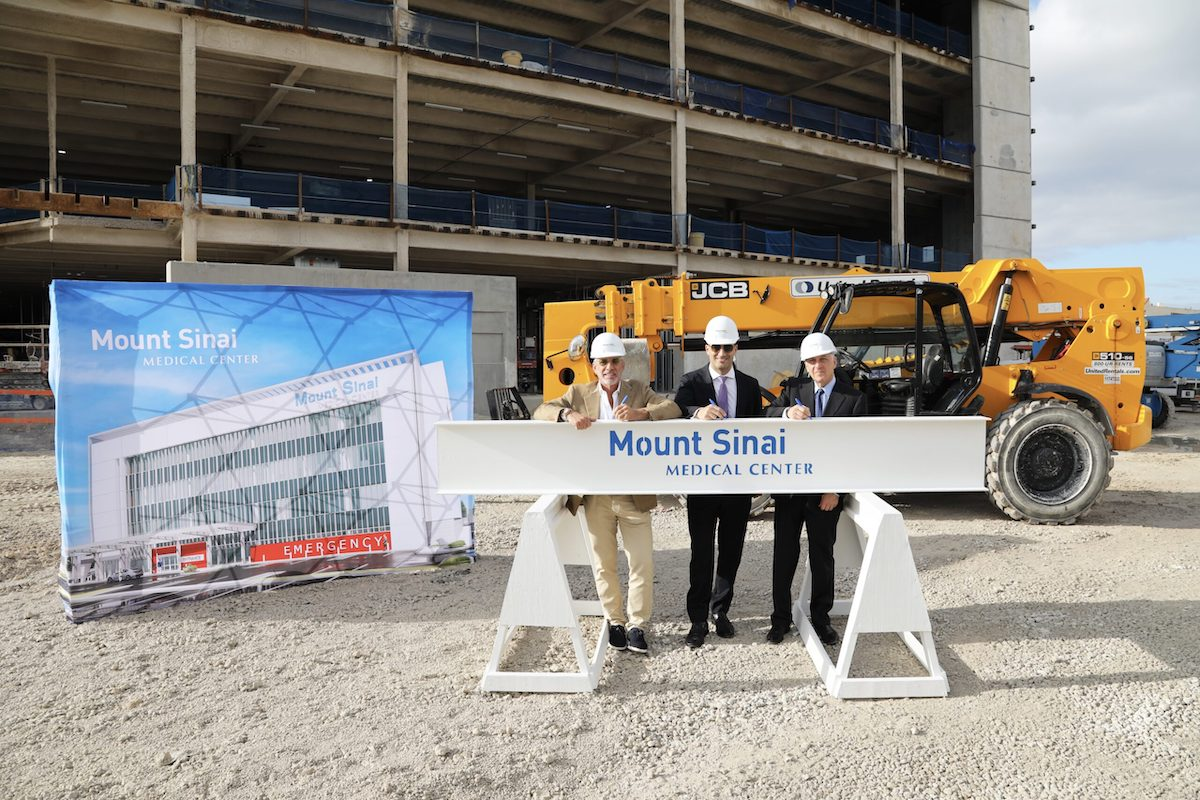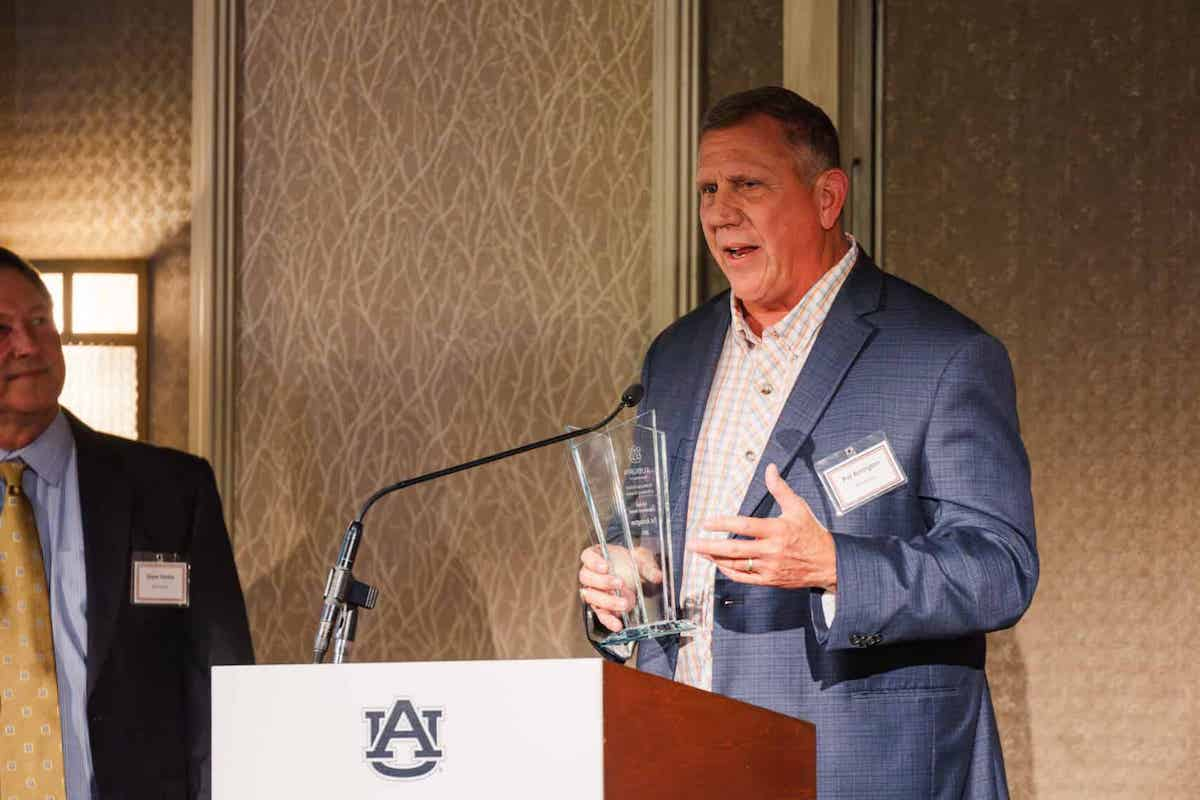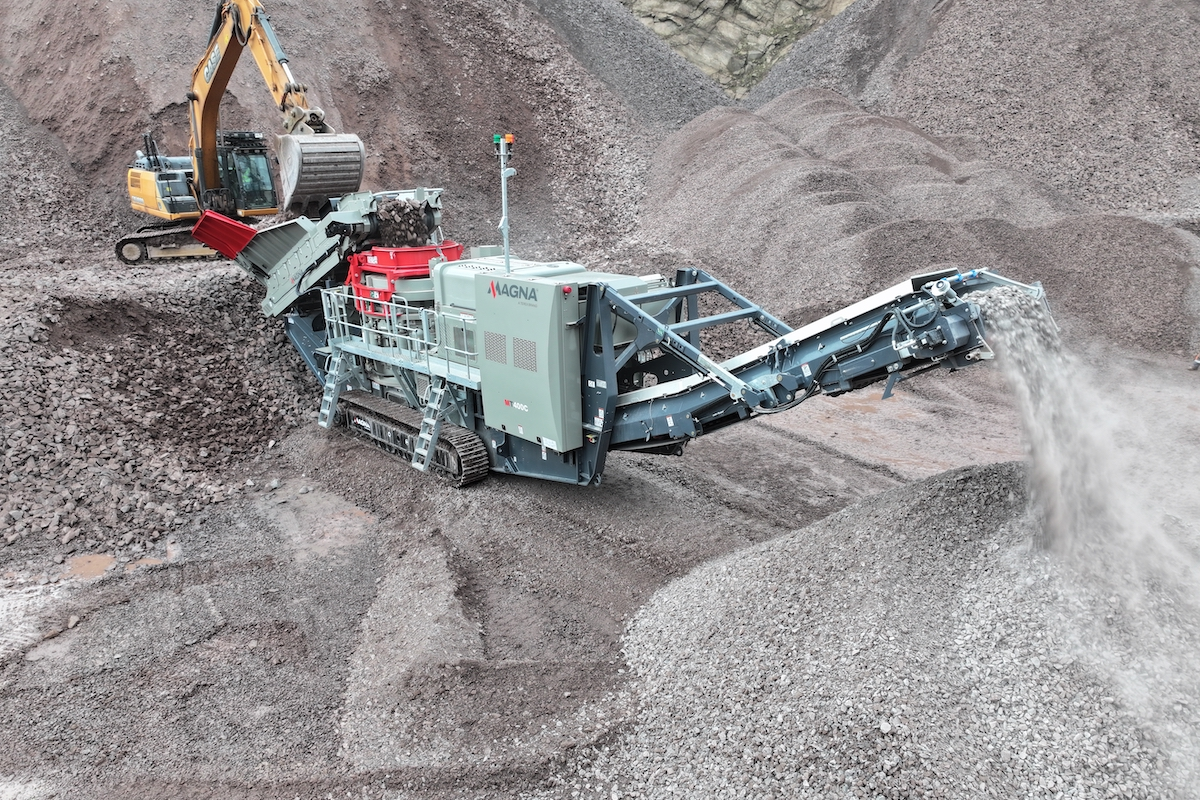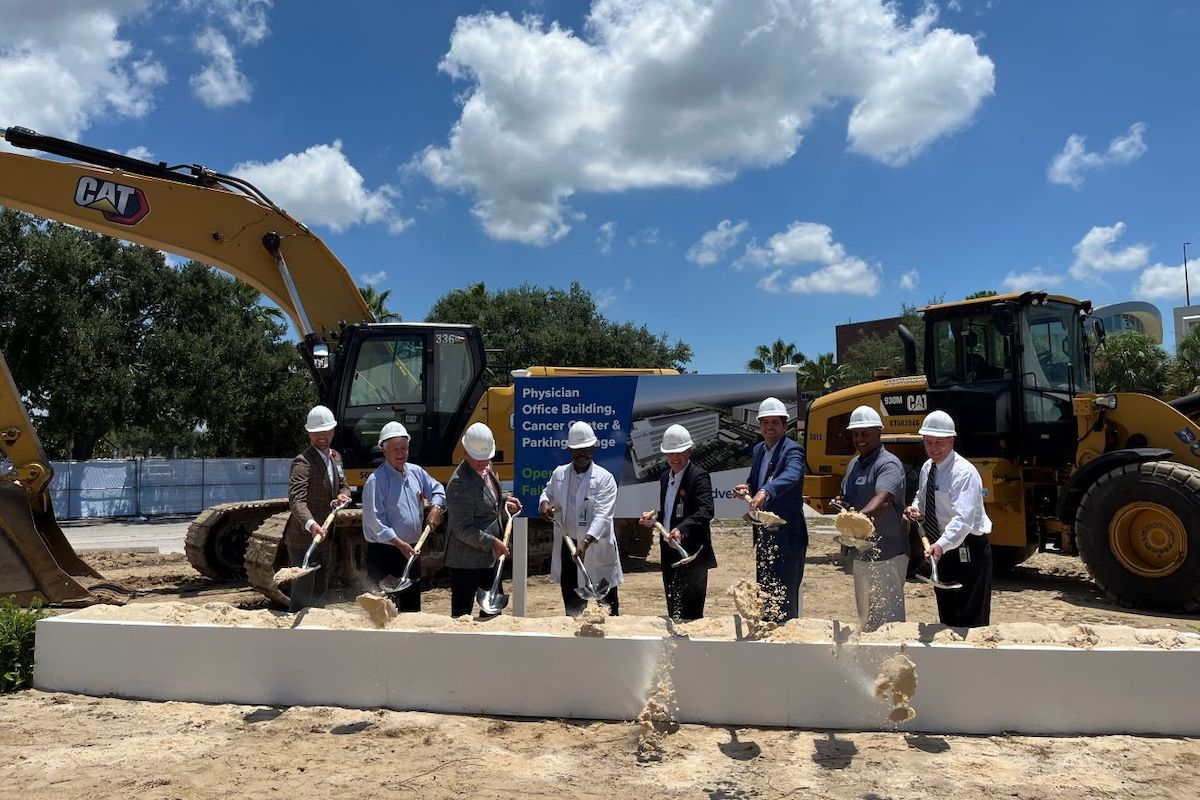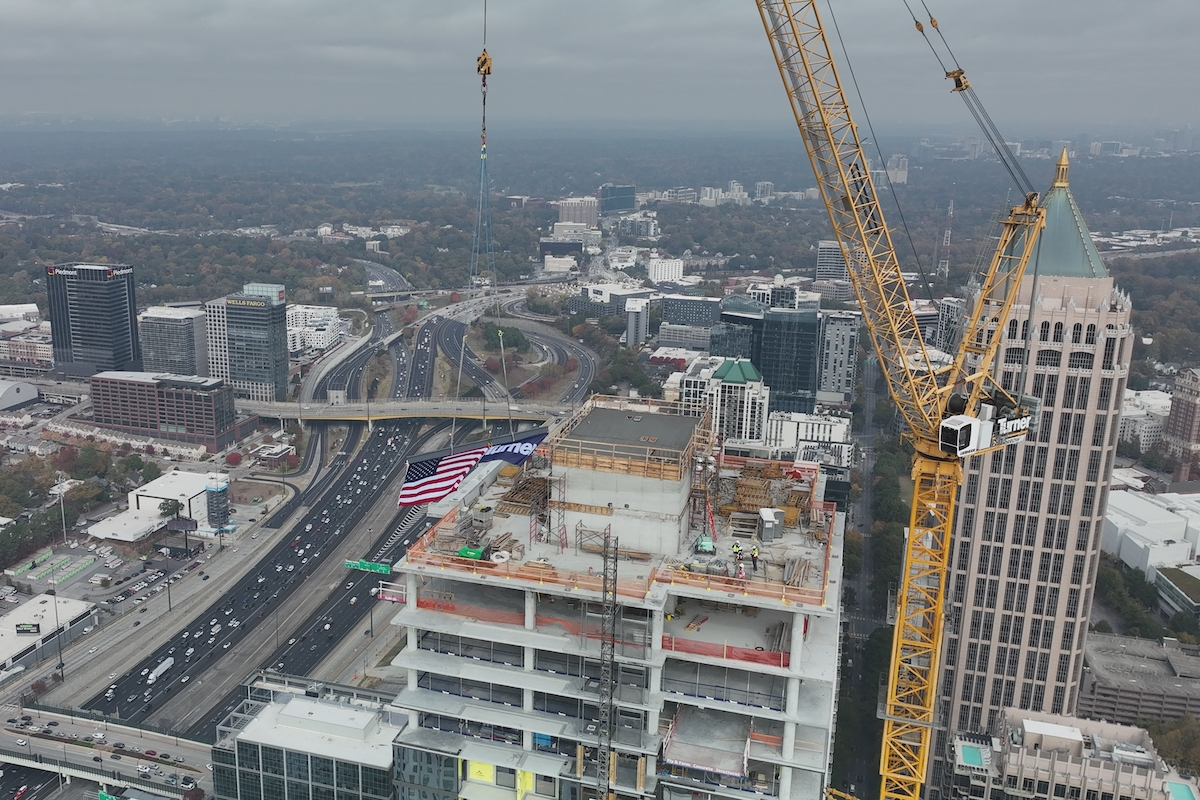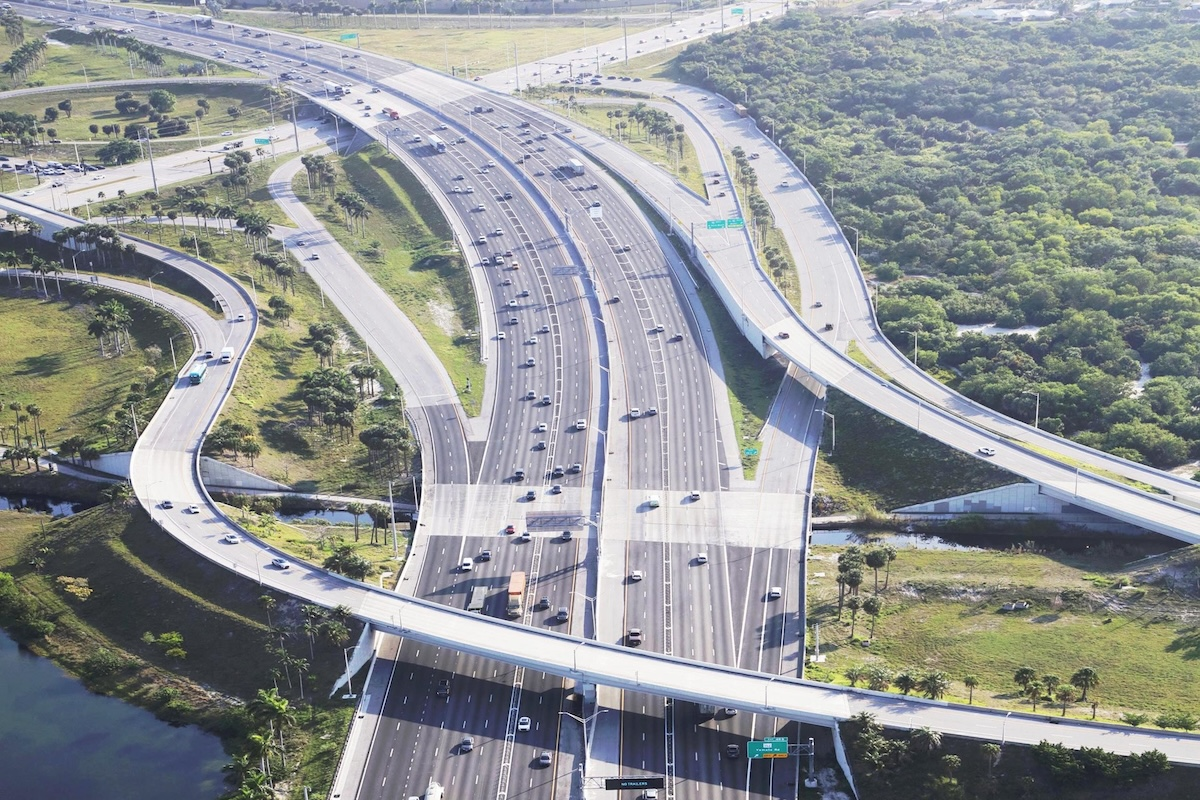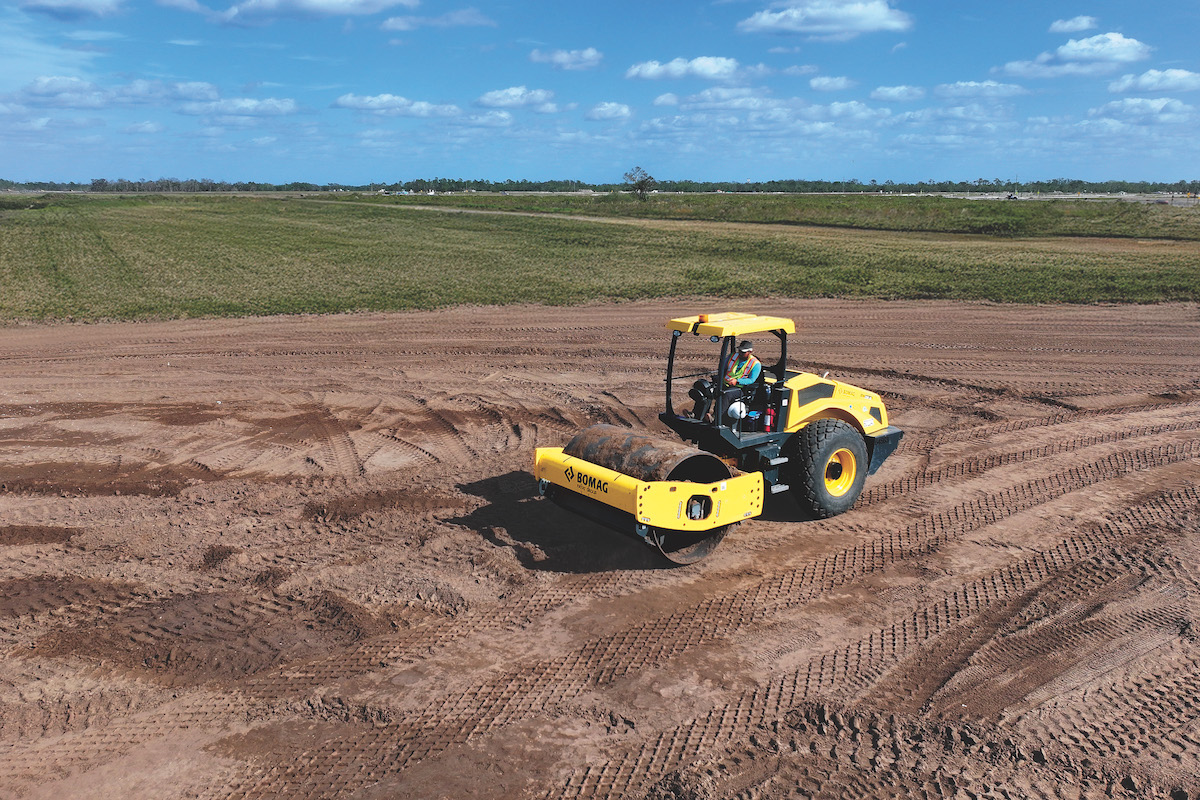Keeping a truck climate-controlled and ready to assist with devices and tools requires power – and a lot of it. To generate that power, idling the truck engine has long been standard practice. But there are downsides to doing that. The amount of time your vehicle idles over the course of a day adds up and can significantly impact your fuel and vehicle maintenance costs, not to mention the noise pollution and reduced air quality at your jobsite. In fact, in many vocational or work truck applications, vehicles spend several hours per day idling.
For many commercial vehicles, roughly one gallon of fuel is burned per hour when in idle, according to the U.S. Department of Energy. And while the wheels of a vehicle aren’t in motion while idling, the wear and tear on the engine is still prevalent. When you consider the current high price for diesel and rising costs for servicing vehicles, you can see how over time, these operating costs accumulate and take away from your bottom line.
According to Mitul Chandrani, Vice President of Marketing for Mission Critical Electronics (MCE), the idle mitigation solutions system MCE’s subsidiary, ZeroRPM, developed is helping truck owners more effectively utilize power generated from their vehicles.
“The idle mitigation solution ZeroRPM has developed converts diesel- and gas-powered trucks into hybrids when they’re in park by diverting power that is typically drawn from the constant energy produced from a running engine to stored power from a vehicle’s lithium-ion battery,” he said. “During periods of extended stationary use, the idle mitigation system will automatically engage the vehicle’s engine to recharge the batteries as needed. As a result, vehicle operators can draw power from their battery for several hours before there is a need to replenish the battery by running the engine.”

| Your local Trimble Construction Division dealer |
|---|
| SITECH Tri-Rivers |
| SITECH Mid-South |
| SITECH South |
Chandrani added that one of the other ways to extend runtime on batteries is adding solar wherever possible. Solar panels themselves do not power anything, but they provide charging to a lithium house bank when the sun is out. This helps replenish consumed energy and delays engine starting, further saving fuel and costs.
“If space permits, adding solar is a no-brainer and vehicle operators should maximize available space for solar, especially if the vehicles are operating in geographies with enough sun hours,” Chandrani said.
Li-Ion batteries developed by Xantrex (another MCE company) are used with this mitigation system instead of traditional lead-acid batteries because they can be completely discharged without damaging the battery. For example, if you have a 600-amp hour Li-Ion battery, you have 600-amp hours of usable power. Lead-acid batteries, on the other hand, can only be discharged 50 percent at most without causing damage to the battery. Standard AGM or lead-acid batteries found in most vehicles typically last 400 to 500 duty cycles, according to Chandrani, whereas a quality Li-Ion battery may last 4,000 to 5,000 cycles depending on use.
According to Chandrani, a Class 8 work truck that operates in Maryland and uses ZeroRPM’s idle mitigation system eliminated more than 2,200 hours' worth of idle time over a one-and-a-half-year period. As a result, the truck saved approximately 2,415 gallons of fuel for an estimated $10,250 in fuel savings.
These idle mitigation statistics and estimated cost savings are visible to all customers using ZeroRPM’s mitigation solution through the ZeroRPM intelligent metrics system.
“Whether it’s one truck or hundreds, vehicle owners can access data collected from each vehicle using the idle mitigation technology,” Chandrani said. “They also can monitor battery levels so they know how charged a battery is and when the mitigation system will autostart the engine. It’s a useful tool that helps fleets or truck owners monitor the effectiveness of the system and how much they’re saving.”
“New regulations are having an impact on companies and how they plan for the future,” he said. “In the past several years, we’ve seen many companies be ahead of the curve on this, taking it upon themselves to proactively find solutions to operate more sustainably. For companies that bid on government-funded projects, a track record of prioritizing ESG principles can be the difference between winning the bid or not as many state and federal agencies are increasingly wanting to do business with these companies. Integrating eco-friendly technology can be an easy way to help promote your company in a positive way.”
For operations that rely on their vehicle to power in-cab electronic systems and external devices and have traditionally relied on idling to supply the necessary power, mitigation technology can be an effective alternative to cut costs associated with running vehicles and to operate more eco-friendly.















